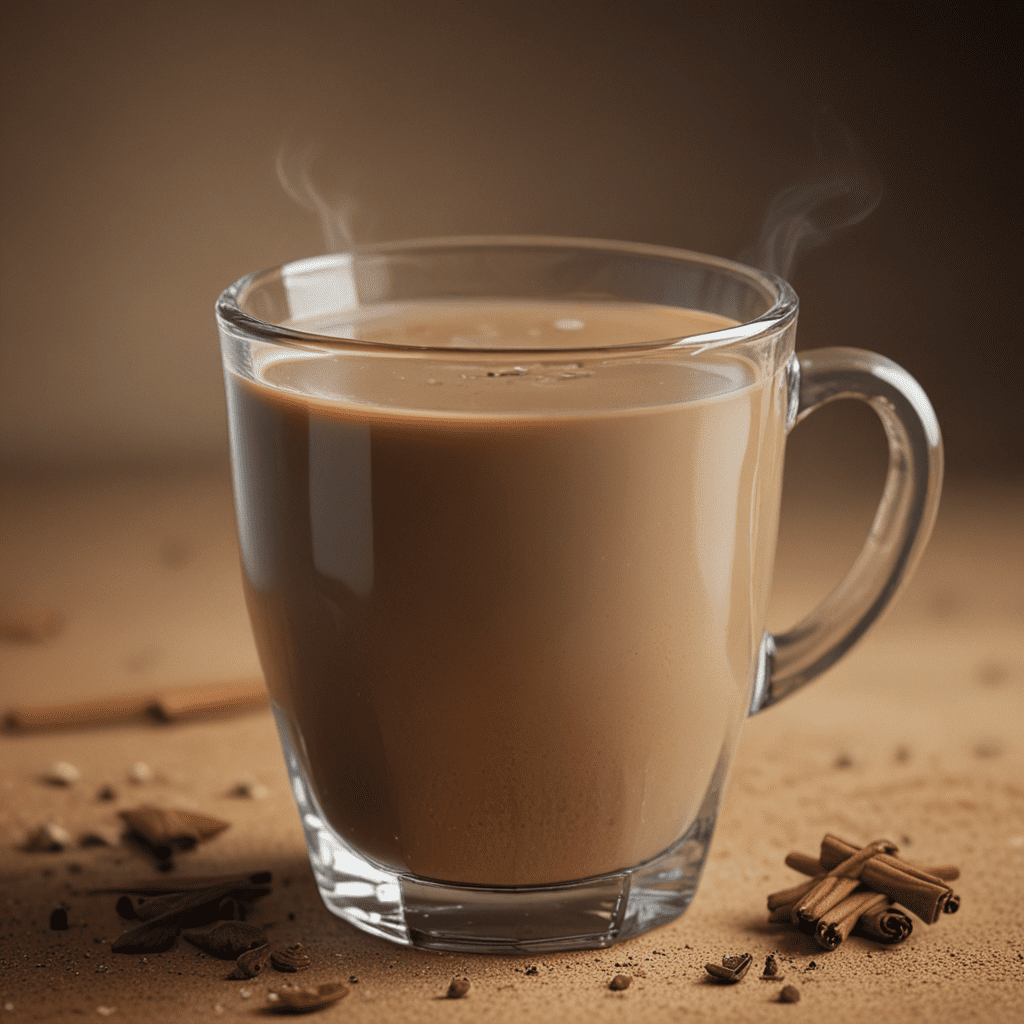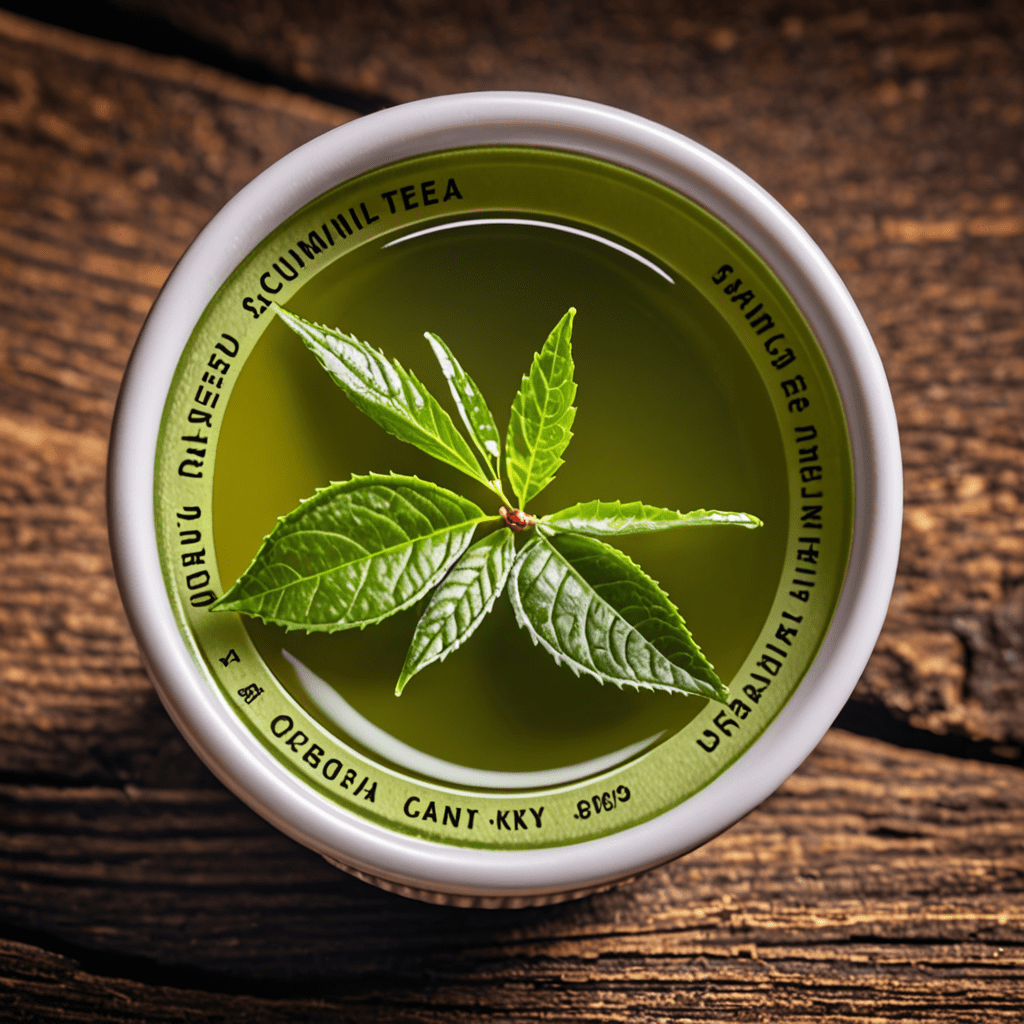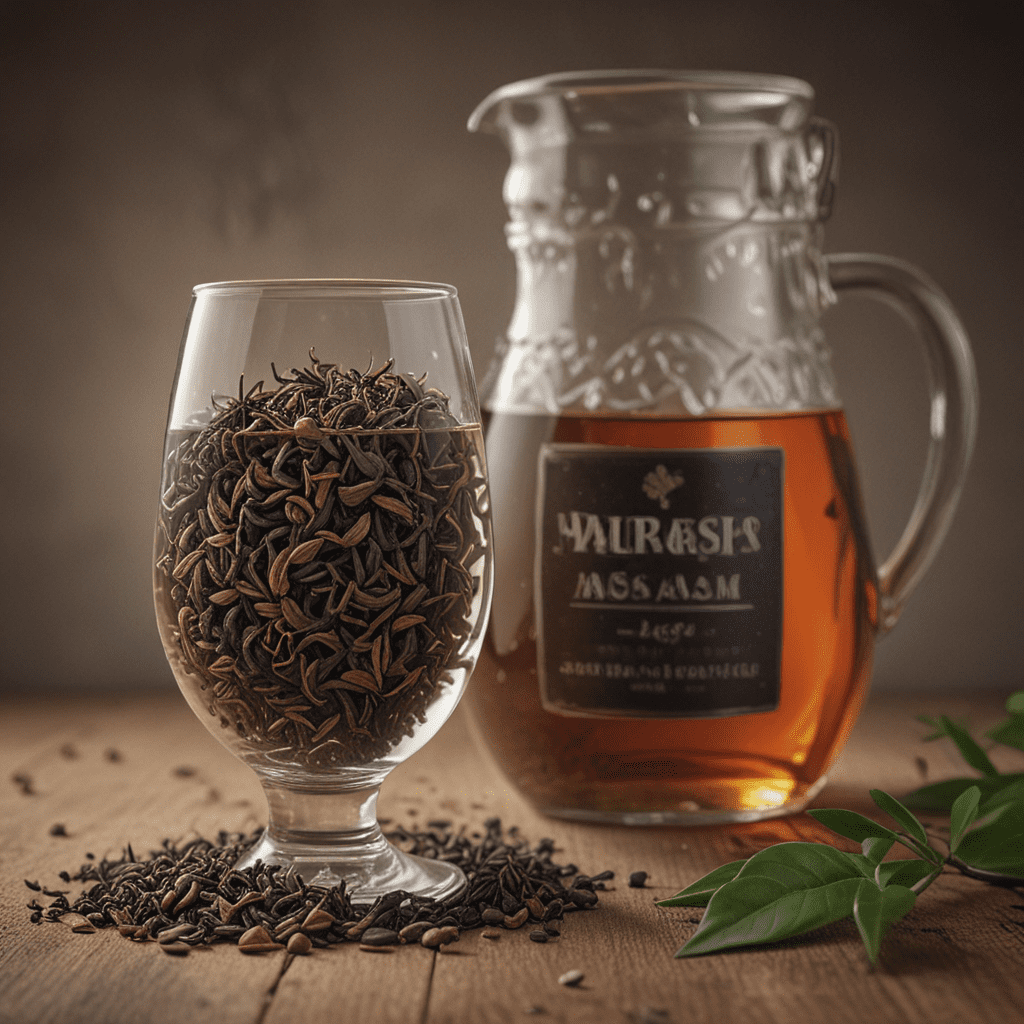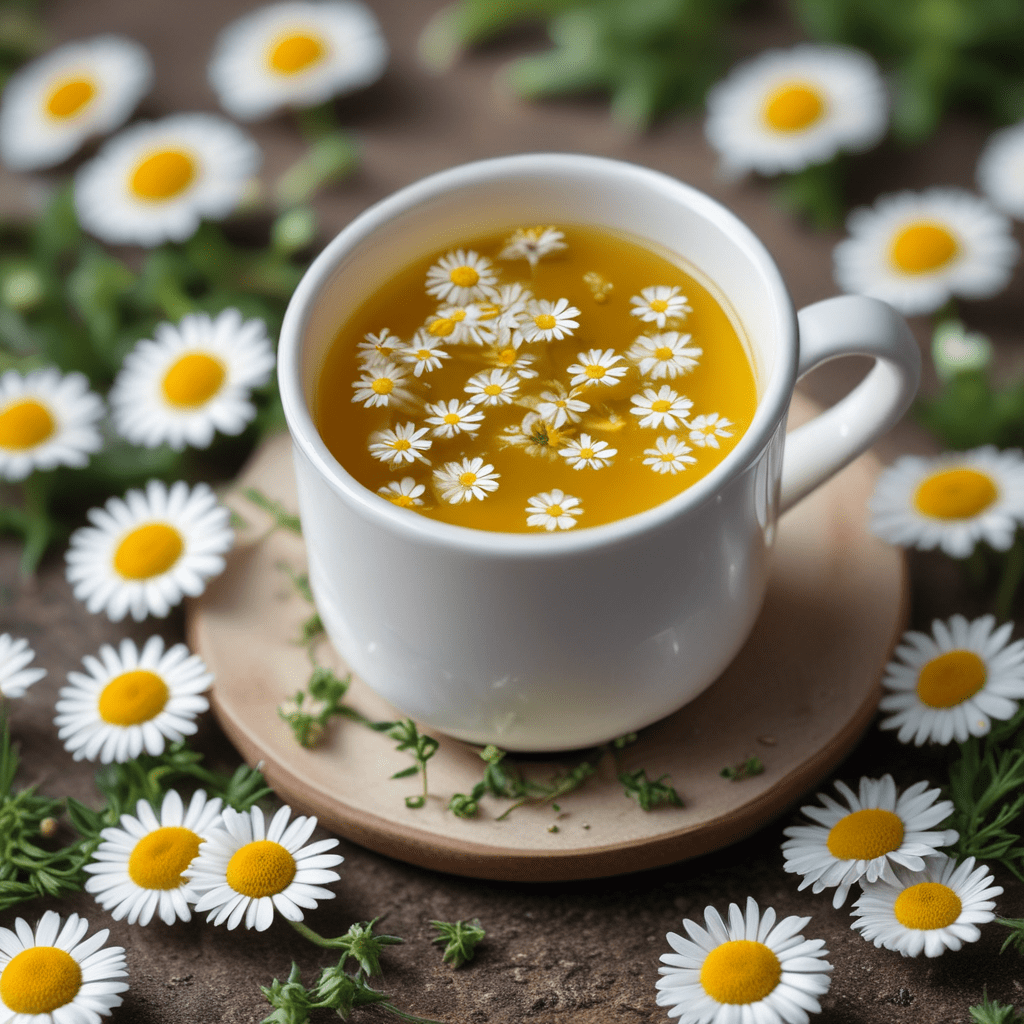I. Introduction
Chai tea, an integral part of Indian culture, is a delectable beverage that has captivated the hearts of tea enthusiasts worldwide. Originating from the Hindi word "chai," meaning tea, this aromatic blend has a rich history and significance in the Indian subcontinent. Chai is not merely a drink but a cultural staple that embodies hospitality, warmth, and social connections.
II. Historical Roots
The origins of chai tea can be traced back to ancient China, where tea leaves were first discovered. Over time, tea made its way to India through trade routes, where it was blended with spices and herbs, giving birth to the distinctive chai we know today. The influence of Persia, particularly the addition of cardamom, further shaped the flavor profile of chai, making it a unique concoction.
III. Cultural Significance
Chai tea holds a prominent place in Indian culture, deeply intertwined with daily life and social gatherings. It is a beverage that transcends class and region, enjoyed by people from all walks of life. Chai is often served as a welcome drink to guests, a way to show warmth and hospitality. It is also an essential part of social events, festivals, and religious ceremonies, where it plays a significant role in fostering connections and creating a sense of community.
IV. Health Benefits
Beyond its cultural significance, chai tea is also revered for its potential health benefits. It contains a plethora of antioxidants, which help protect the body against damage caused by free radicals. Chai is also believed to have anti-inflammatory properties and may aid in digestion. Some studies suggest that regular consumption of chai may reduce the risk of certain chronic diseases, such as heart disease and cancer.
V. Chai Varieties
The diversity of India's culinary traditions is reflected in the countless variations of chai found across the country. Each region has its unique blend of spices and flavors, resulting in a distinct chai experience. Some of the most popular regional varieties include:
VI. Preparation Methods
Chai tea can be prepared in various ways, each imparting a unique flavor and experience. The traditional method involves using a clay pot called a "kulhad." The tea leaves, spices, and milk are added to the kulhad and boiled over an open flame. This method infuses the chai with a distinct earthy flavor.
Modern variations include using tea bags, loose-leaf tea, and even instant chai powder. These methods offer convenience and allow for customization of the chai's strength and flavor profile. Some chai enthusiasts prefer to use a "chai maker," an electric appliance designed specifically for brewing chai.
VII. Economic Impact
The chai industry in India is a significant economic force, generating employment and contributing to the country's GDP. Chai stalls, known as "chai wallahs," are ubiquitous in India, offering a livelihood for countless individuals. Chai tourism is also gaining popularity, with tourists eager to experience the authentic chai culture of India.
VIII. Chai as a Symbol
Chai tea has become a potent symbol of Indian hospitality and warmth. Its presence in daily life and social gatherings reflects the importance of community and connection in Indian culture. Chai is also a popular subject in art and literature, where it is often portrayed as a symbol of comfort, nostalgia, and the spirit of India.
IX. Contemporary Chai Scene
The contemporary chai scene is characterized by innovation and experimentation. Gourmet chai blends, featuring exotic spices and flavors, are becoming increasingly popular. Chai cafes have emerged as social hubs, offering a wide range of chai-based specialties, such as iced chai, chai lattes, and chai-infused desserts.
X. Conclusion
Chai tea is an integral part of Indian culture, embodying hospitality, warmth, and social connections. Its rich history, diverse varieties, and potential health benefits have made it a beloved beverage enjoyed around the world. Chai is not just a drink but a symbol of Indian tradition, a way of life that revolves around community, warmth, and the simple pleasures of life.
FAQ
- What is the difference between chai tea and regular tea?
Chai tea is a blend of black tea, spices, and milk, while regular tea typically refers to black tea or green tea without additional ingredients.
- How strong is chai tea?
The strength of chai tea varies depending on the ratio of tea leaves to water and the brewing time. Traditional Indian chai tends to be strong, while Western variations may be milder.
- Is chai tea healthy?
Chai tea contains antioxidants and other beneficial compounds that may contribute to overall health. However, its nutritional value can vary depending on the ingredients and preparation methods used.
- How do I make chai tea at home?
To make chai tea at home, combine black tea leaves, spices (such as cardamom, cinnamon, and ginger), milk, and water in a saucepan. Bring to a boil, then simmer for 5-10 minutes. Strain and serve hot.



